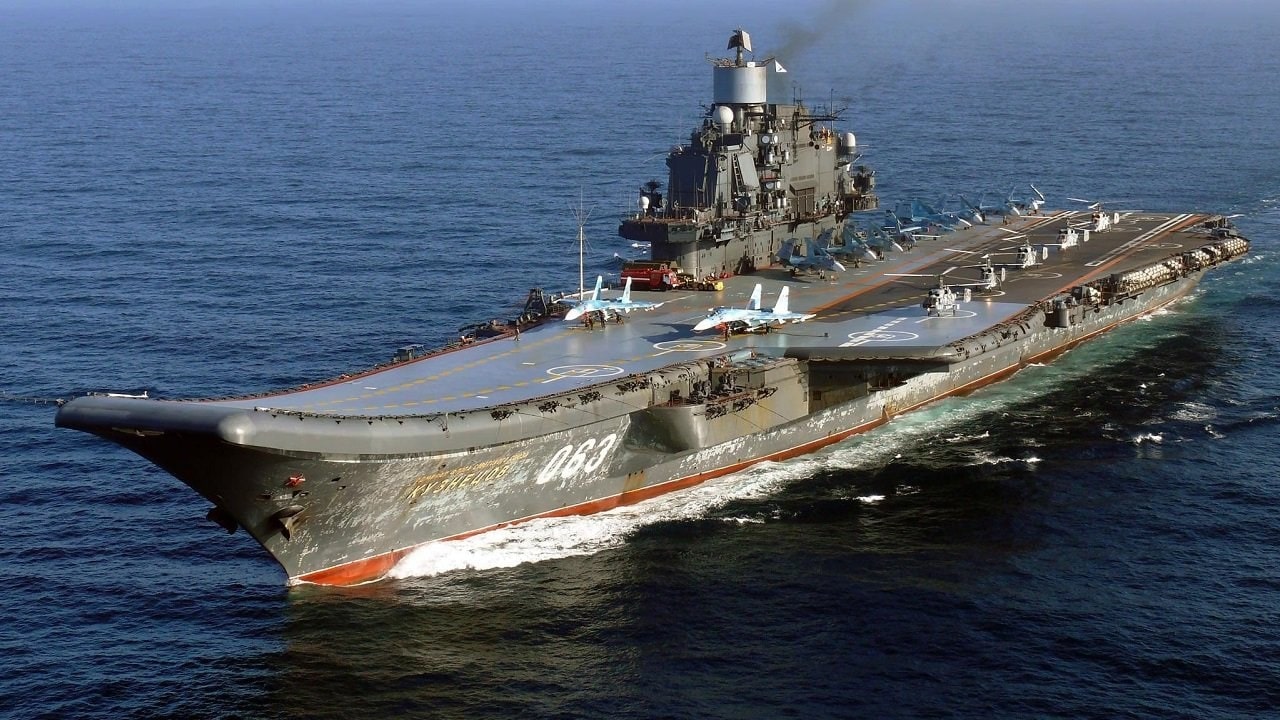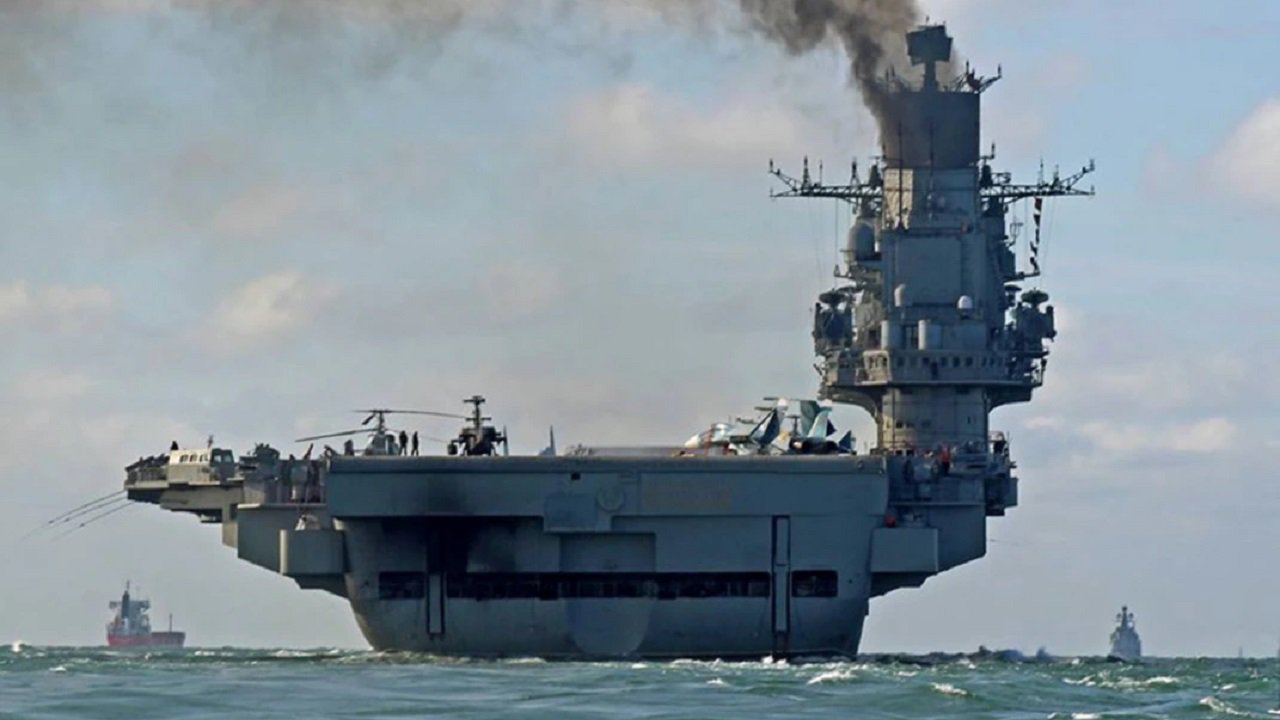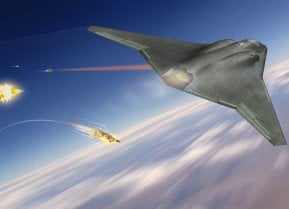Russia's 'Nuclear' Aircraft Carrier Nightmare Ended Badly
The Ulyanovsk-class carrier, or Project 1143.7, was the Soviet Union’s ambitious attempt to develop an 80,000-ton nuclear-powered aircraft carrier to rival the U.S. Navy's Nimitz-class.
Summary and Key Points: The Ulyanovsk-class carrier, or Project 1143.7, was the Soviet Union’s ambitious attempt to develop an 80,000-ton nuclear-powered aircraft carrier to rival the U.S. Navy's Nimitz-class.

-Spearheaded by Admiral Sergey Gorshkov, it aimed to carry up to 70 aircraft and featured advanced weapons and radar systems.
-Construction began in the late 1970s but was halted in 1991 due to technical, financial, and political challenges following the Soviet Union’s collapse. The Ulyanovsk remains a symbol of Soviet naval aspirations, reflecting their desire to match U.S. carrier capabilities despite significant obstacles.
The Soviet Dream: Ulyanovsk-Class Carrier's Unfinished Legacy
The Soviet Union had never mastered carrier operations as did the Americans. Yet, the Soviet Navy constantly toyed with developing their own counterweights to the US Navy’s robust aircraft carrier force. Multiple attempts were made at developing these systems. Most of which were met by varying degrees of failure.
Despite the fact that Soviet naval doctrine had preferred classes of warships other than the aircraft carriers, as the Cold War dragged on, the Soviet Navy became increasingly fixated on building their own versions of America’s carrier force. One man, in particular, Soviet Admiral Sergey Gorshkov, spearheaded the attempted transition from being a non-carrier navy to what he hoped would be a force that could both challenge and best the Americans in aircraft carriers.
The Specs
The Ulyanovsk-class carrier, also known as Project 1143.7, was a planned Soviet aircraft carrier that never fully materialized. It was intended to be the largest and most advanced aircraft carrier ever built by the Soviet Union, with a displacement of over 80,000 tons and the capability to carry up to 70 aircraft.
The Ulyanovsk carrier was named after Vladimir Lenin (whose birth name was Ulyanov), and it was supposed to be the flagship of the Soviet Navy. Construction of the carrier began in the late 1970s, but due to various technical, financial, and political issues, the project was eventually canceled in 1991 following the collapse of the Soviet Union.
The Ulyanovsk carrier was designed to be powered by nuclear reactors, allowing for long endurance and the ability to operate without the need for frequent refueling. It was also equipped with advanced weapons systems and radar capabilities, making it a formidable asset in both offensive and defensive naval operations.

It was an obvious rip-off of the US Nimitz-class carrier. The Soviets no longer wanted to leave the carrier in the hands of the Americans. Recognizing that it could be used for power projection, the Soviet Navy wanted to enhance its capabilities.
The Ulyanovsk was the attempt—the apotheosis, really—by the Soviets to overcome their carrier dilemma. It was never successful.
The End of Soviet Delusions on Aircraft Carriers
Despite never being completed, the Ulyanovsk carrier remains a symbol of the Soviet Union's ambitious naval aspirations during the Cold War era. Its design and capabilities were ahead of its time, and had it been built, it would have been a major force to be reckoned with on the world's oceans.
Alas, like the MiG-1.42/1.44 and so many other interesting concepts that the Soviets were playing around with at this time, the Ulyanovsk was the victim of her time. Specifically, the collapse of the Cold War. There was simply no way that a post-Soviet, post-Cold War Russia would have ever been able to maintain—let alone deploy.

The Ulyanovsk carrier was a significant project in the Soviet Navy's history. It showed that the Soviets were committed to expanding their naval capabilities. Had the Cold War not ended, it was in the race for carrier supremacy where the Cold War on the high sea a but ultimately it was never realized due to a combination of technical, financial, and political challenges.
It serves as a reminder of the Soviet Union's ambitions in naval warfare and its desire to project power on the seas. And how the Russian Navy, having inherited the Soviet Navy’s ambitions, won’t abandon the quest for a real carrier fleet.
Author Experience and Expertise: Brandon J. Weichert
Brandon J. Weichert, a National Interest national security analyst, is a former Congressional staffer and geopolitical analyst who is a contributor at The Washington Times, the Asia Times, and The-Pipeline. He is the author of Winning Space: How America Remains a Superpower, Biohacked: China’s Race to Control Life, and The Shadow War: Iran’s Quest for Supremacy. His next book, A Disaster of Our Own Making: How the West Lost Ukraine, is due October 22 from Encounter Books. Weichert can be followed via Twitter @WeTheBrandon.
All images are Creative Commons or Shutterstock.
From the Vault
Russia Freaked Out: Why the U.S. Navy 'Unretired' the Iowa-Class Battleships
Battleship vs. Battlecruiser: Iowa-Class vs. Russia's Kirov-Class (Who Wins?)


